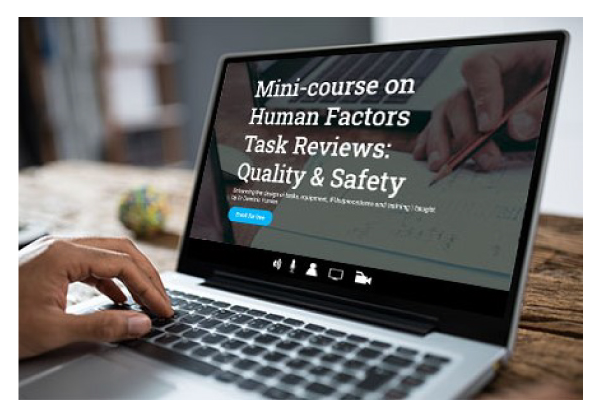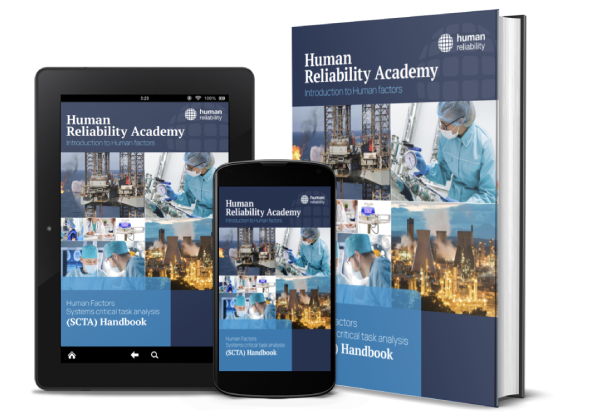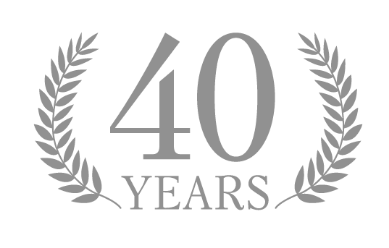On Crafting Effective and Safe Procedures

In safety-critical industries, having a procedure isn’t enough—it needs to be both accurate and user-friendly. A well-crafted procedure can enhance safety, reduce risks, and streamline operations, but only if it’s easy to follow and understand.
Understanding the HSE’s Human Factors Delivery Guide for COMAH Sites: A Quick Overview for Beginners
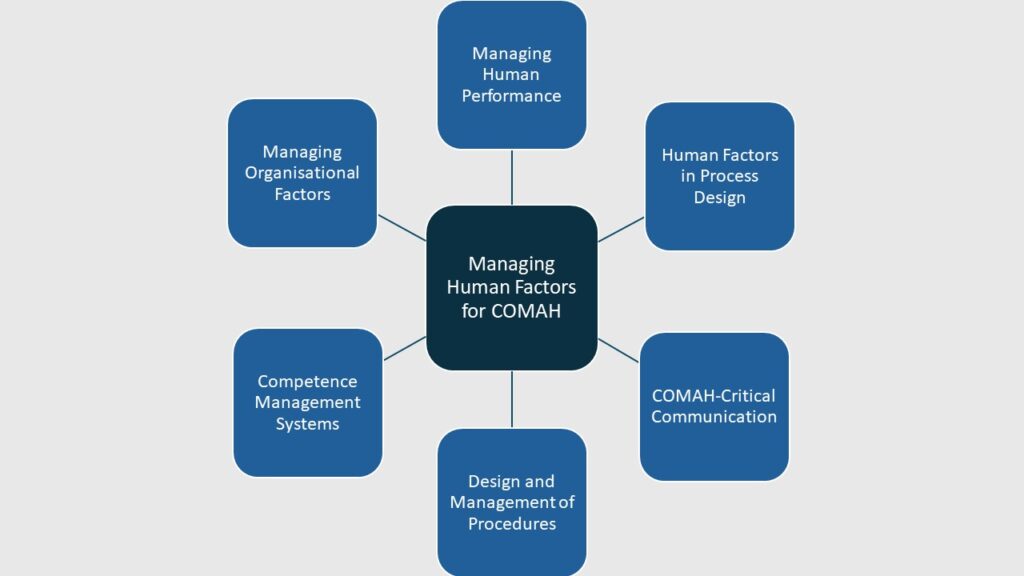
Want to learn more about the 6 topic areas in the HSE’s HF COMAH Delivery Guide? Here, we give a quick overview of these areas and how they can you help improve Human Factors management.
Best practices for procedure writing (Part 2)

My intention in this blog post is to add an extra layer of reflection. Some of this will be a different angle on what has been said before, going deeper into some areas and providing extra information, other elements will be new.
Unlocking success: From errors in documentation to Human Performance innovation

If you have more document errors than you want, read our blog to find out how you can unlock success, reduce errors and apply learning in real time.
Best practices for writing SOPs (Part 1)
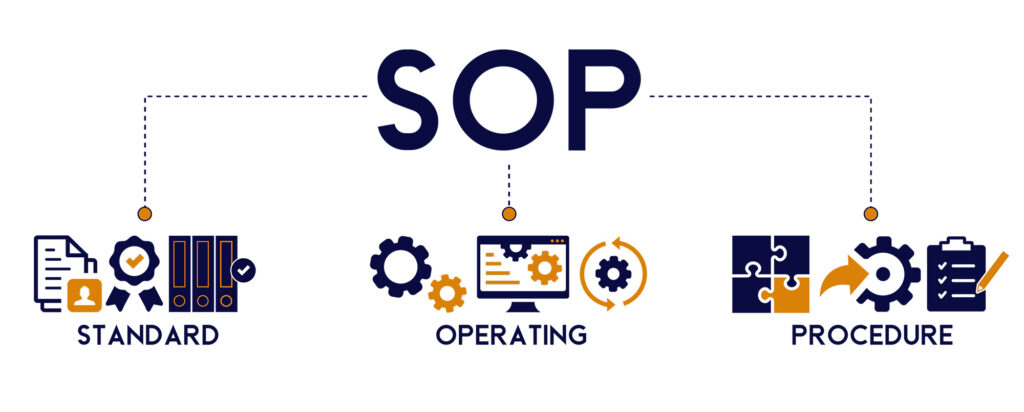
In any organisation, SOPs play an integral role in optimising operational efficiency and minimising human error. Here are our recommendations for best practice.
Top 5 takeaways from doing HTAs

Having participated as a facilitator in our in-house Human Factors Safety Critical Task Analysis (SCTA) course, as well as taking part in various SCTA workshops for around two years, I thought I would share my top 5 takeaways from doing and teaching HTAs.
The need for human factors awareness training in the oil and gas industry

I recently transitioned from my role as an Inspection Engineer in the Oil and Gas (O&G) Industry, after completing an MSc in Human Factors at Derby University to train as a Human Factors Consultant with Human Reliability Associates.
The safety critical task analysis (SCTA) facilitator course
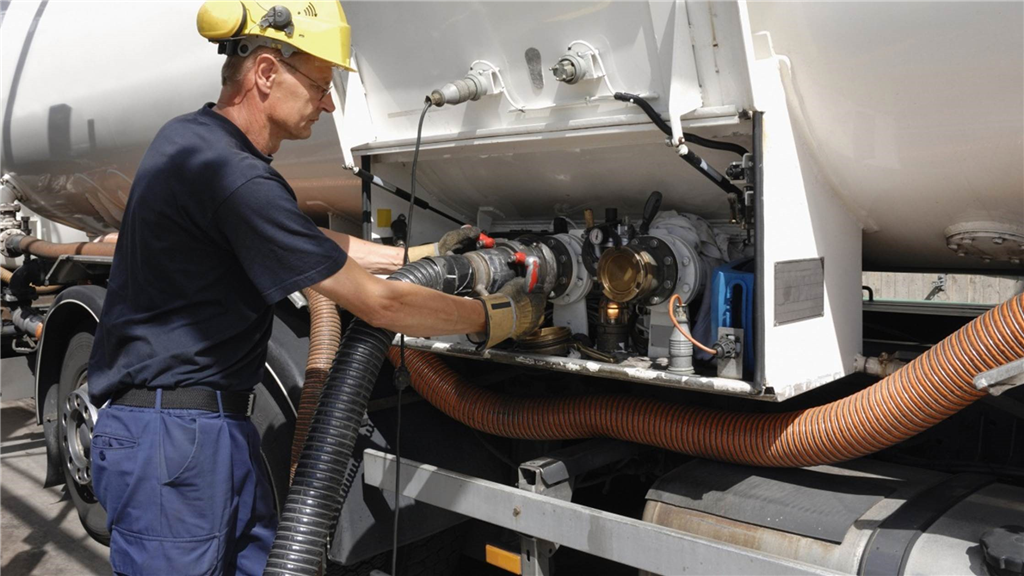
This is the course for people who wish to facilitate Safety Critical Task Analysis (SCTA) projects and sessions. Whether you’re a complete newbie or whether you have established practices for doing this and want to review and revitalise those or have a refresher, this is the course for you.
Human factors in Process Design course

We recently developed and delivered a new course to raise awareness of Human Factors in Process Design, i.e. Topic 2 of the Human Factors COMAH Delivery Guide. It was a one-day course, delivered virtually over two half days that followed our blended approach to online learning.
Petroleum review: Keeping safe
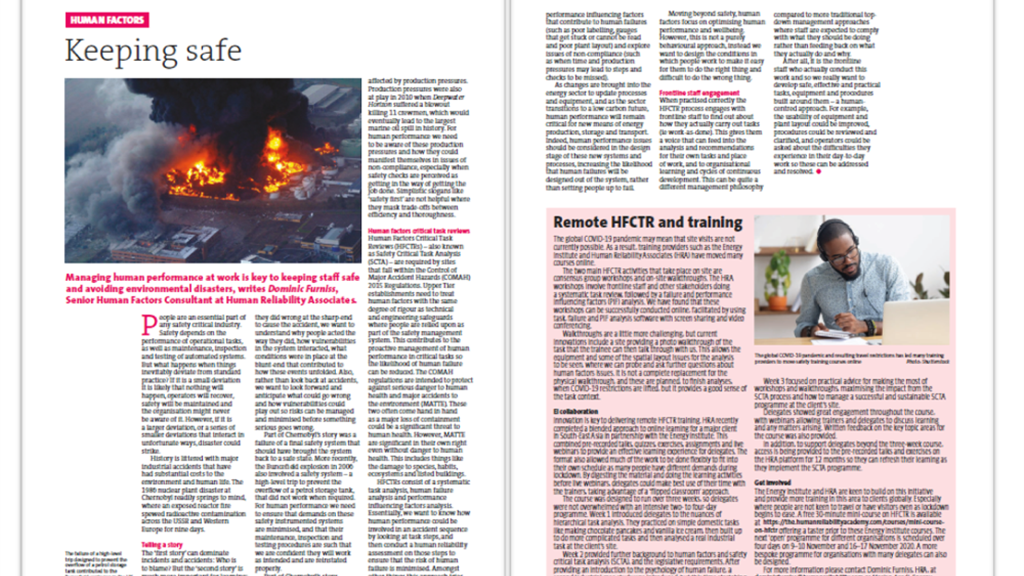
People are an essential part of any safety critical industry. Safety depends on the performance of operational tasks, as well as maintenance, inspection and testing of automated systems. But what happens when things inevitably deviate from standard practice?






